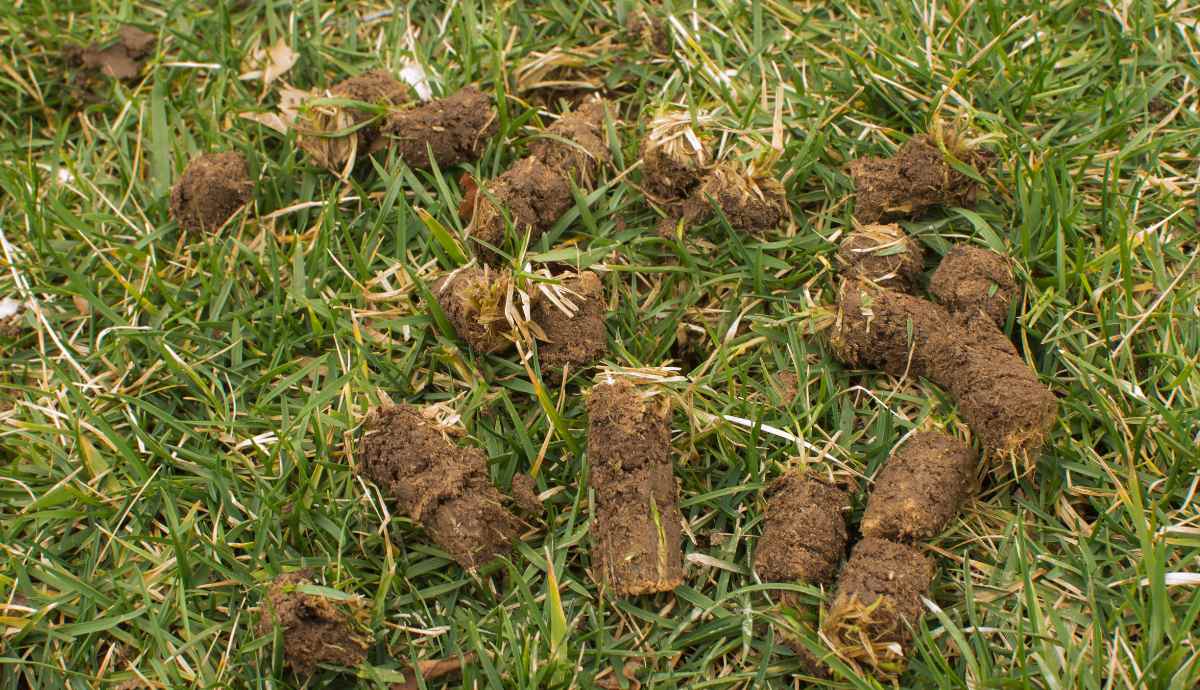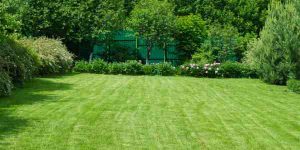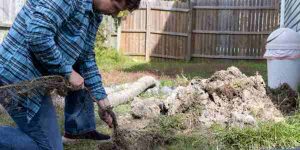How often should I have my lawn aerated?

Aerating your lawn can be an important part of maintaining a healthy and attractive lawn. But how often should you aerate your lawn? Here are some factors to consider when determining the appropriate frequency for aeration:
Soil type: Clay soil tends to compact more easily than sandy soil, so lawns with clay soil may need to be aerated more frequently.
Lawn usage: If your lawn is heavily used by people or pets, it may need to be aerated more often to allow air and water to reach the roots of the grass.
Fertilizer and chemical use: If you use a lot of fertilizer or chemicals on your lawn, these can contribute to soil compaction. Aerating your lawn can help alleviate this compaction and allow the nutrients and chemicals to reach the roots of the grass.
Age of lawn: Older lawns may benefit from more frequent aeration to help stimulate growth and prevent soil compaction.
Climate: Lawns in regions with hot and dry summers may need to be aerated more frequently to help retain moisture and promote root growth.
In general, it is a good idea to aerate your lawn at least once a year. However, if your lawn exhibits any of the factors listed above, you may need to aerate more frequently. For example, if you have a heavily used lawn with clay soil, you may need to aerate every six months. On the other hand, if you have a lightly used lawn with sandy soil, you may be able to get away with aerating only once every two or three years.
There are two main methods for aerating your lawn: mechanical aeration and liquid aeration. Mechanical aeration involves using a machine or tool to punch holes into the soil, while liquid aeration involves applying a liquid product that helps to loosen the soil and improve drainage.
Mechanical aeration is generally more effective at relieving soil compaction, but it can be time-consuming and requires specialized equipment. Liquid aeration is easier and quicker, but it may not be as effective at relieving soil compaction.
Regardless of which method you choose, it is important to aerate your lawn at the right time of year. The best time to aerate warm-season grasses (such as Bermuda, St. Augustine, and Zoysia) is during the growing season, when the grass is actively growing. The best time to aerate cool-season grasses (such as bluegrass, fescue, and ryegrass) is in the fall, when the grass is starting to go dormant.
When aerating your lawn, be sure to follow the instructions on the aeration product or equipment carefully. Over-aerating your lawn can cause damage to the grass and may actually do more harm than good.
In conclusion, aerating your lawn is an important part of maintaining a healthy and attractive lawn. How often you should aerate your lawn depends on a variety of factors, including soil type, lawn usage, fertilizer and chemical use, age of lawn, and climate. In general, it is a good idea to aerate your lawn at least once a year, but you may need to do it more frequently if your lawn exhibits any of the factors that can contribute to soil compaction. Just be sure to choose the right method and time of year for aerating your lawn, and follow the instructions carefully to avoid damaging your grass.




0 Comments